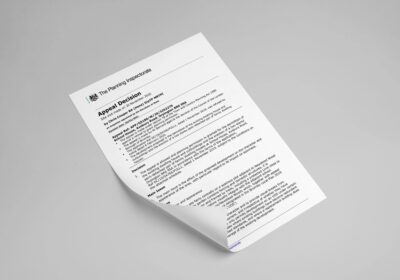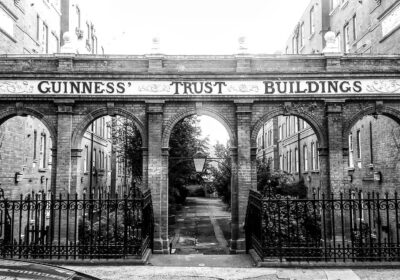The Government’s decision last autumn to extend Help to Buy until 2023 was greeted with relief by many in the property industry. However, the scheme has raised controversy over the use of public money and whether it is actually addressing more fundamental issues with the housing market.
Help to Buy was originally conceived in the March 2013 budget when mortgage lending for first time buyers was at rock bottom. Mainstream lenders were cautious in offering high loan to value mortgages with lending activity falling 40% below its pre-crisis peak and the number of transactions had dropped by 60%.
Mortgage lenders were only prepared to trade if buyers had high deposits and this was snuffing out much of the market. The consequence was that in 2013, it would take someone on an average salary, 19 years to afford the average first time buyer deposit – a considerable barrier to entry into homeownership.
Help to Buy requires that borrowers advance 5 per cent of the value of the mortgage in a deposit. This was far lower than the average ‘market rate’, which, in July 2012, stood at 19 per cent. At the time such an approach seemed like an important policy tool to stimulating activity.
What the critics say?
Critics of the scheme make two points. First it has inflated the market allowing developers to pocket profits on public subsidy and second, it has not addressed the fundamental issues with the housing market.
Turning to the latter point, whilst Help to Buy may not have succeeded in overcoming all of the structural inadequacies with the housing market, I believe it has had a considerable positive impact on the mortgage and construction sectors. In 2014, first time buyers accessing mortgage finance lifted by 70 per cent relative to 2008 with the average cost of a deposit dropping by over 7%. In addition, Government estimates that the increased demand for new build properties boosted construction with 50,000 new homes built up to 2015.
Turning to the question of inflation, there is evidence that Help to Buy has had an inflationary effect on the housing market. Analysis of house prices in ten towns and cities across Britain has found that homes available under the scheme cost an average of nearly 15 per cent more per square metre than comparable properties that are not eligible. Now, it has always been the case that new homes attract a premium, but the question is to what degree is the size of the premium now being driven by Help to Buy.
Possibly the biggest concern is that with Help to Buy, the state – i.e. us, now bears the risk of guaranteeing new mortgage loans: £3.5 bn in the first phase. This works well in a rising market where the scheme should drive additional revenue for the Government. However, the assumption of a rising market should not be a constant. The risk of a downturn and its possible affect on the UK taxpayer creates a political incentive to secure high house prices and sustain house price growth –not a healthy feature.
Overall, Help to Buy has undoubtedly been successful but it clearly has a shelf life and the longer it remains extant, the greater the risk to us – the tax payers. Support for first time buyers in the current market is still unfortunately a necessary not a nice to have. That’s because the fundamentals associated with a lack of supply have not been comprehensively addressed. After 2023, there is still likely to be a need for support for entry level mortgages, however, that can come in different forms. So until more fundamental questions are addressed, some form of help from the men in Whitehall is here to stay.






